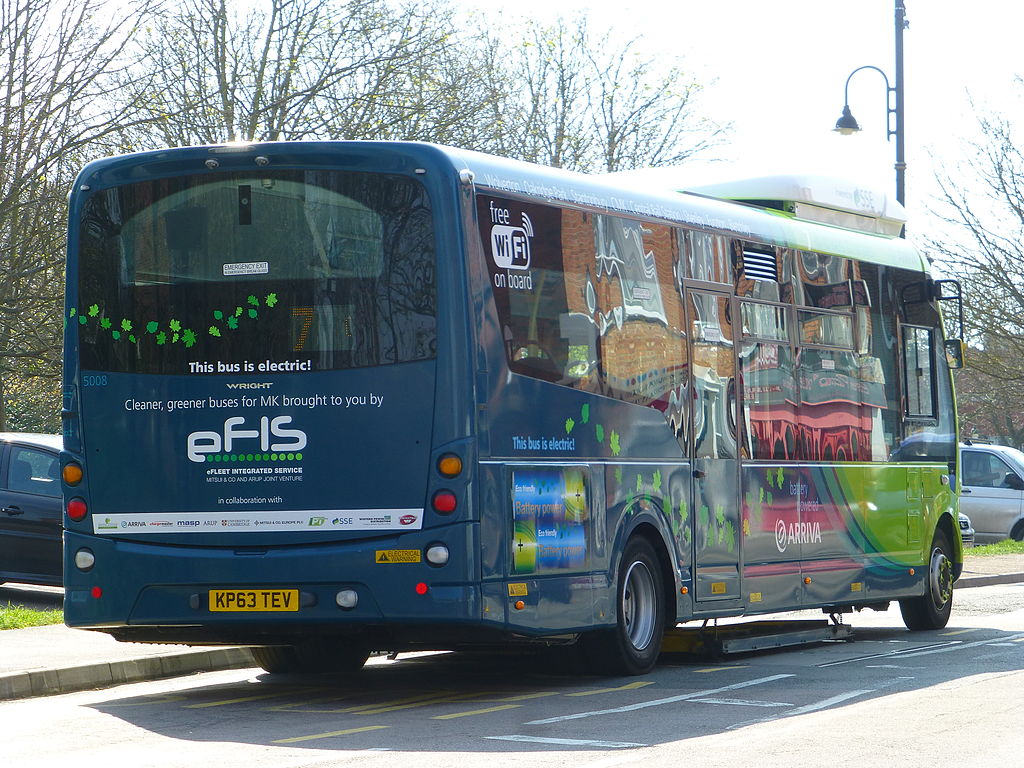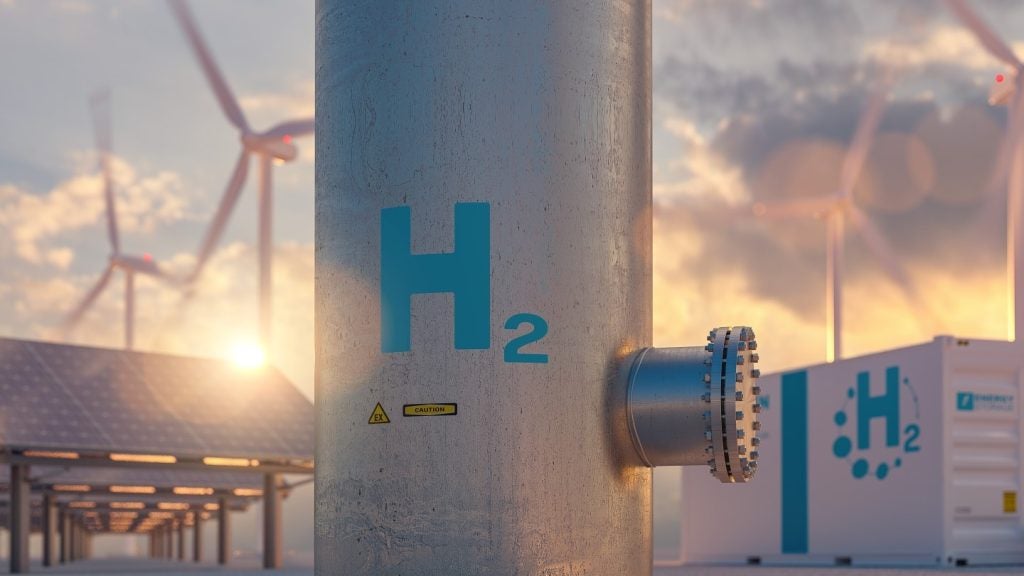
Batteries are sometimes regarded as ‘black boxes,’ whose complex systems and internal workings are not readily understood, making monitoring is difficult task that often leads to it being overlooked.
While some rules of thumb exist, such as not fully charging and discharging your batteries and avoiding fast charging, as high voltages speed up the ageing of Li-ion batteries, a better, deeper understanding is needed to improve batteries’ performance and lifespan.
“Batteries are complex and sensitive electro-chemical systems, whose degradation and performance are influenced by a plethora of parameters,” battery technology company TWAICE’s director of sales Andreas Gronarz says.
“The battery is not only the most important part of an electric bus, but also the most expensive component, so monitoring its health is paramount, as the successful deployment of an electric fleet is causally linked to the performance of the batteries.
“Providing transparency into batteries, combined with fleet management software, and data from the original equipment manufacturers (OEMs) will enable bus operators to get the maximum out of their electric buses, and hopefully convince even more operators to go electric,” he adds.
By developing their analytical framework for electric batteries in buses, TWAICE and Dutch telematics firm ViriCity are looking to aid the monitoring and management of batteries.
How well do you really know your competitors?
Access the most comprehensive Company Profiles on the market, powered by GlobalData. Save hours of research. Gain competitive edge.

Thank you!
Your download email will arrive shortly
Not ready to buy yet? Download a free sample
We are confident about the unique quality of our Company Profiles. However, we want you to make the most beneficial decision for your business, so we offer a free sample that you can download by submitting the below form
By GlobalDataAs TWAICE battery monitoring is currently available as an add-on feature to ViriCiti’s fleet management dashboard, the two partners are confident that the project could help make the clean transport sector more efficient and financially viable in the near future.
The value of TWAICE and ViriCiti’s project
TWAICE and ViriCiti’s collaboration offers insights into the performance and aging of li-ion batteries, enabling smarter investment planning, as well as optimised operating and charging strategies.
As part of the partnership, TWAICE uses ViriCiti data to generate insights on battery state of health and remaining useful lifetime. This enables OEMs and fleet operators to better understand the main factors contributing to battery degradation in specific cases, thus reducing maintenance costs, reducing battery issues, and extending battery life.
Following initial talks in 2019 and technical implementation in 2020, the TWAICE predictive analytics software is currently helping approximately 3000 electric buses connected to ViriCiti’s platform. The software generates vital insights in the form of a battery health report.
The two companies share that they were driven together because of their similar outlook and commitment to a zero-emission future. Gronarz explains: “Both of us want to pave the way to an emission-free future via clean transportation. Even though electric buses are not as much in the public eye as electric cars, they still play a crucial role towards our goal of zero emissions. In ViriCiti, we have found an ideal partner who is equally ambitious in pushing this.
“In terms of electric buses, you could say that we are a perfect match. ViriCiti collects extensive field data from the electric buses running on their fleet management software to enable our algorithms to deliver excellent results. We thereby complement their expertise on electric buses with our expertise on batteries and give customers peace of mind about their e-bus fleet by providing insights into their batteries’ behaviour and remaining performance.”
Conquering barriers to build truly smart batteries
When asking TWAICE about the obstacles, the two companies have had while turning the project into reality, Gronarz admits: “Bringing two discrete platforms together is always a bit of a challenge, as neither was originally created to serve the newly identified business need.
“But our shared vision of a green and emission-free future, coupled with clear communication and effective collaboration, will enable us to tackle any challenges coming our way. The framework is a win-win relationship.”
Smart meter company Smart DCC innovation director, Chris Barlow, says that more steps to digitalise the power grid will play a hugely important role in enabling the optimisation of energy provision, especially in the UK, which spells good news for the clean transport field.
“For the electric vehicle (EV) revolution to be realised, the current fragmented approach to EV charging needs to be brought together under a standardised network. This will help remedy the issue we face today, whereby users are typically only able to use charging points that they are already registered with.
“If we standardise the EV network through one unified system, it would create a better experience for EV users, increasing adoption while also connecting the power supply to the wider grid, furthering our use of renewable energy, and bringing greater stability to energy supply through secure load control,” Barlow says.
Enhancing charging for both personal and public transport EVs is one example of digitisation, which can enable countries to move to a lower carbon economy and will ultimately contribute to the phasing out of fossil fuels in the long term.
Reshaping clean transport
Alongside the efforts of TWAICE and ViriCiti to optimise battery life, more research and innovation is required to make clean batteries for large transportation viable in the long term.
According to intellectual property law firm Reddie & Grose partner Paul Loustalan, as the industry continues to evolve, it is likely that there will be a ‘harmonised core’ of technology that clean batteries will require.
“It is crucial for businesses to continue investing and innovating now, to strive to be a foundational part of the future and to secure long-term return on investment. However, there is lots of prior art. With so many patents filed in this field, and the need for new creations to be ‘inventive’, it is likely that we will only see incremental changes within this industry.
“The exception will be businesses that strive to predict future need and take major leaps forward in developing whichever battery chemistry ends up replacing the current dominant li-ion,” he says.
When it comes to associated EV infrastructure, there is a significant difference between the needs of personal electric vehicles, which only travel a short distance and spend a long time parked, and buses and commercial lorries, which are on the move for more hours than they are stationary.
“To make electric commercial vehicles possible, companies must invest in creating and patenting the enabling infrastructure, such as the power grid needed to charge electric buses at various points around a city or local static battery storage. This is the only way this industry can be commercially viable,” Loustalan says.
As batteries play a vital role in the energy sector, by enabling renewable energy and grid stability, superior management of batteries is equally important to empower the EV sector.
TWAICE say that without proper insight and knowledge of performance rate, fleet managers and route planners can do no more than guess the status of their batteries.
“TWAICE and ViriCiti change this, responding to the increasing customer demand to understand their batteries’ state of health and remain useful [for a] lifetime,” Gronarz concludes.







